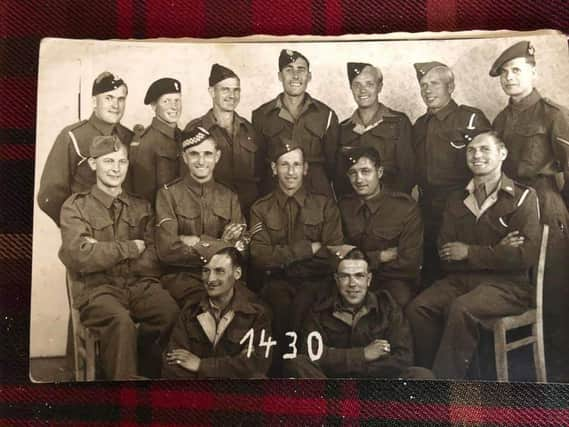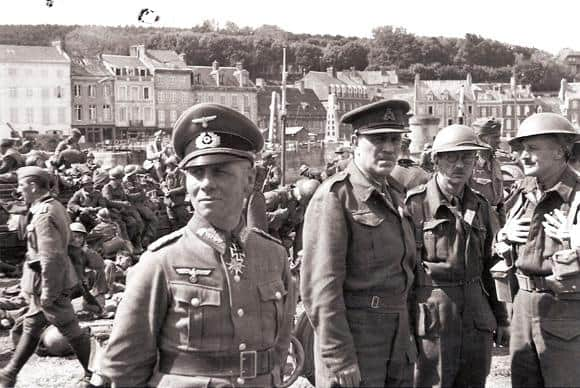Forgotten band of Edinburgh soldiers remembered on 80th anniversary of St Valery


Now, a forgotten band of Edinburgh reconnaissance fighters are being remembered for their bravery and losses, 80 years to the day since the French port fell to the Germans and more than 10,000 Scots soldiers were captured.
The Lothians and Border Yeomanry supported the 51st Highland Division after they were cut off by the Germans and left behind following the evacuation of Dunkirk.
Advertisement
Hide AdAdvertisement
Hide Ad

As a recce and rear guard unit, the Lothians came into almost constant contact with the enemy as they made space for the Highlanders to advance to the coast.
It was their mission, aided only by flimsy tourist maps, that first established St Valery was being surrounded by enemy tanks. Later, some of their own key men were shot, one fatally, by the Highlanders in a case of mistaken identity.
But the Lothian’s role with the 51st Highland Division has largely been overlooked, with the first ever memorial to the Edinburgh men who fought at St Valery to be held today at Redford Barracks in Colinton.
Major Stuart Vine, Squadron CO, said: “It is very much a forgotten story. When people talk about St Valery, they talk about the Seaforths, the Gordon Highlanders, but very little was made of the reconnaissance done by Lothians and Border. It felt to me like a real story had been lost. Every division needs its eyes and ears and the Lothians provided that. They conducted their action with valour, ingenuity and with courage.”
The Lothians, who were equipped with only small Vickers tanks, light armour and machine guns, had been supporting the French along with the 51st Division since May.
But by June 10, it was clear the Division was surrounded with German Panzer tanks then occupying the cliffs over St Valery and Allied forces coming under sustained fire below.
On the morning of June 12, the French and British surrendered. Fog had hampered a rescue with around 10,000 men of 51st Division then captured.
The Lothians, who held the Germans to the last, decided to split up, escape and return home under their own steam. Twenty soldiers made it home, although it is not clear how.
Advertisement
Hide AdAdvertisement
Hide AdMajor Vine added: “It would be usual to split up into small groups, become smaller targets, think on your feet and perhaps find local fishing ports from where you could leave.”
Trooper Trevor Baillie, of Corstorphine, was one of the Lothians who ended up in a Prisoner of War Camp. Meanwhile, Several key figures in the Lothians came under fire from the 51st Division after being mistaken for “fifth columnists” working behind enemy lines.
Among them was Major Harry Younger, who is buried in France. Formerly a Lieutenant Colonel, he took demotion in order to stay with the regiment when regular officers were being put in charge of TA Units. Major Vine said that Younger was the epitome of the regiment which is now part of the Scottish and North Irish Yeomanry, which was formed in 2014.
He added: “Harry Younger for us is the true spirit of the Lothians. The soldiers take immense inspiration from him. He was a Lothians man through and through and would rather not go to war, than to go to war without his men.”